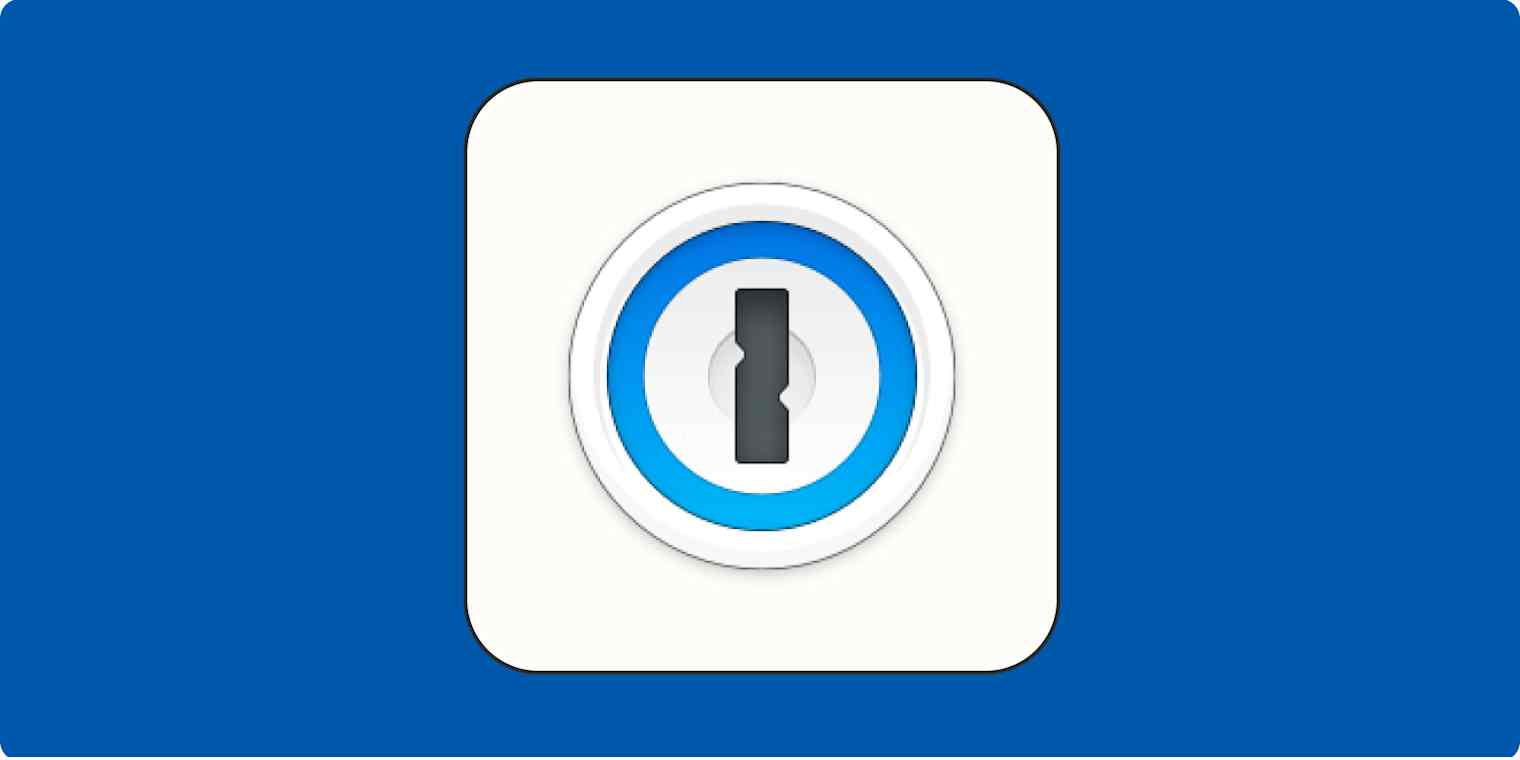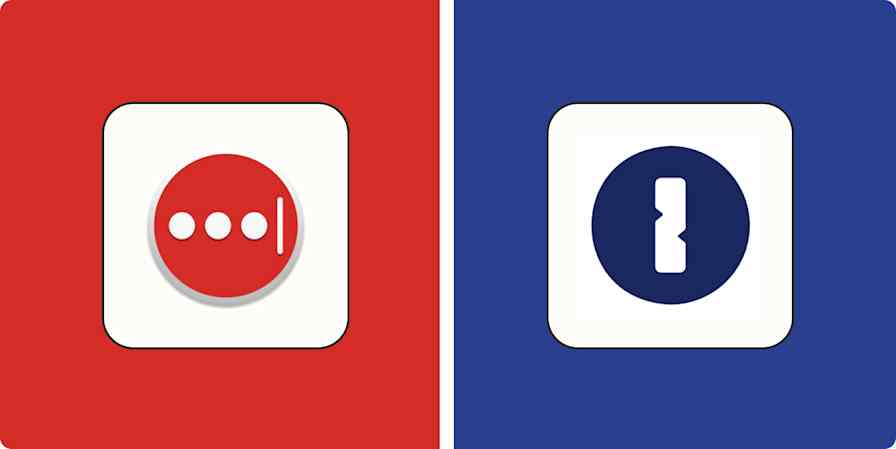App tips
4 min readHow to disable 1Password for certain sites
By Julia Borgini · March 7, 2023

Get productivity tips delivered straight to your inbox
We’ll email you 1-3 times per week—and never share your information.
tags
Related articles
Improve your productivity automatically. Use Zapier to get your apps working together.








